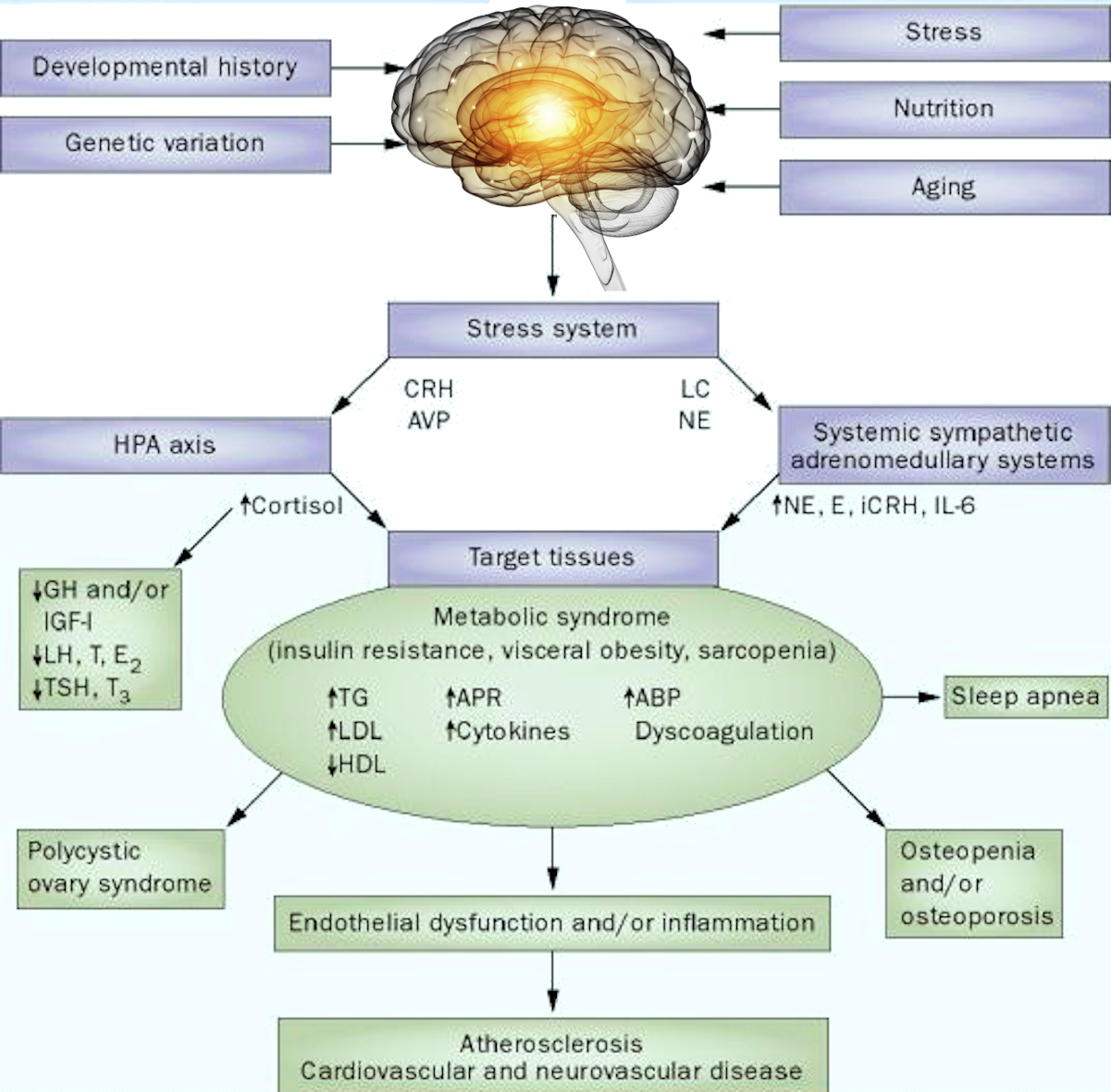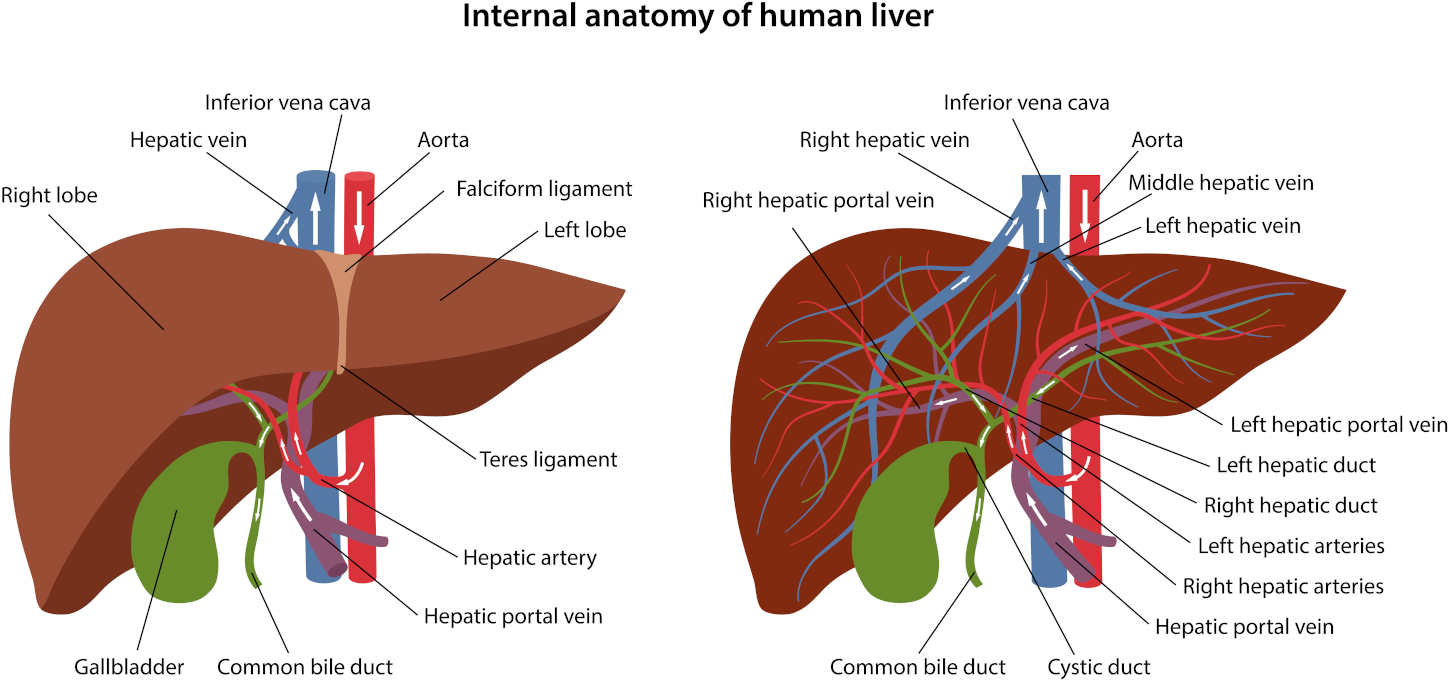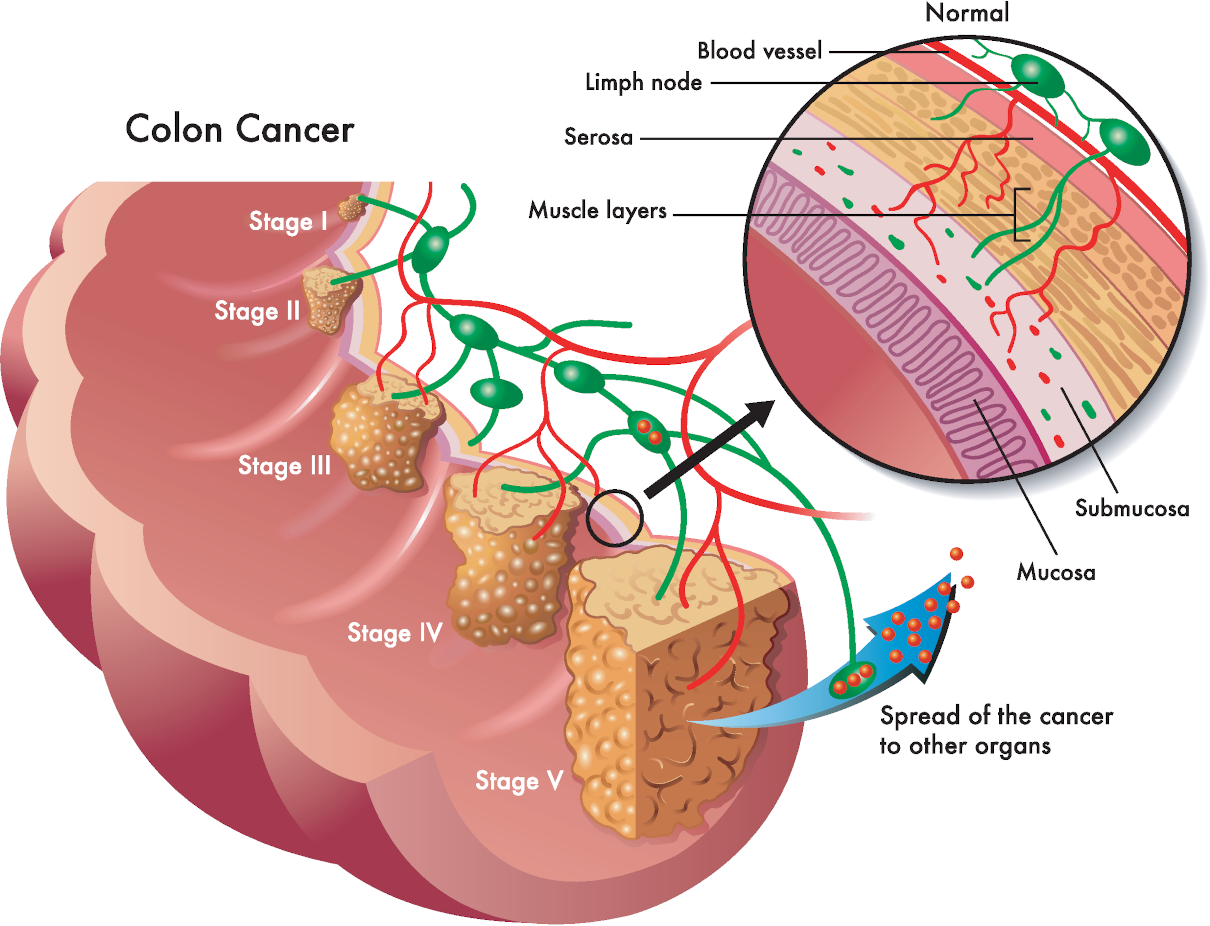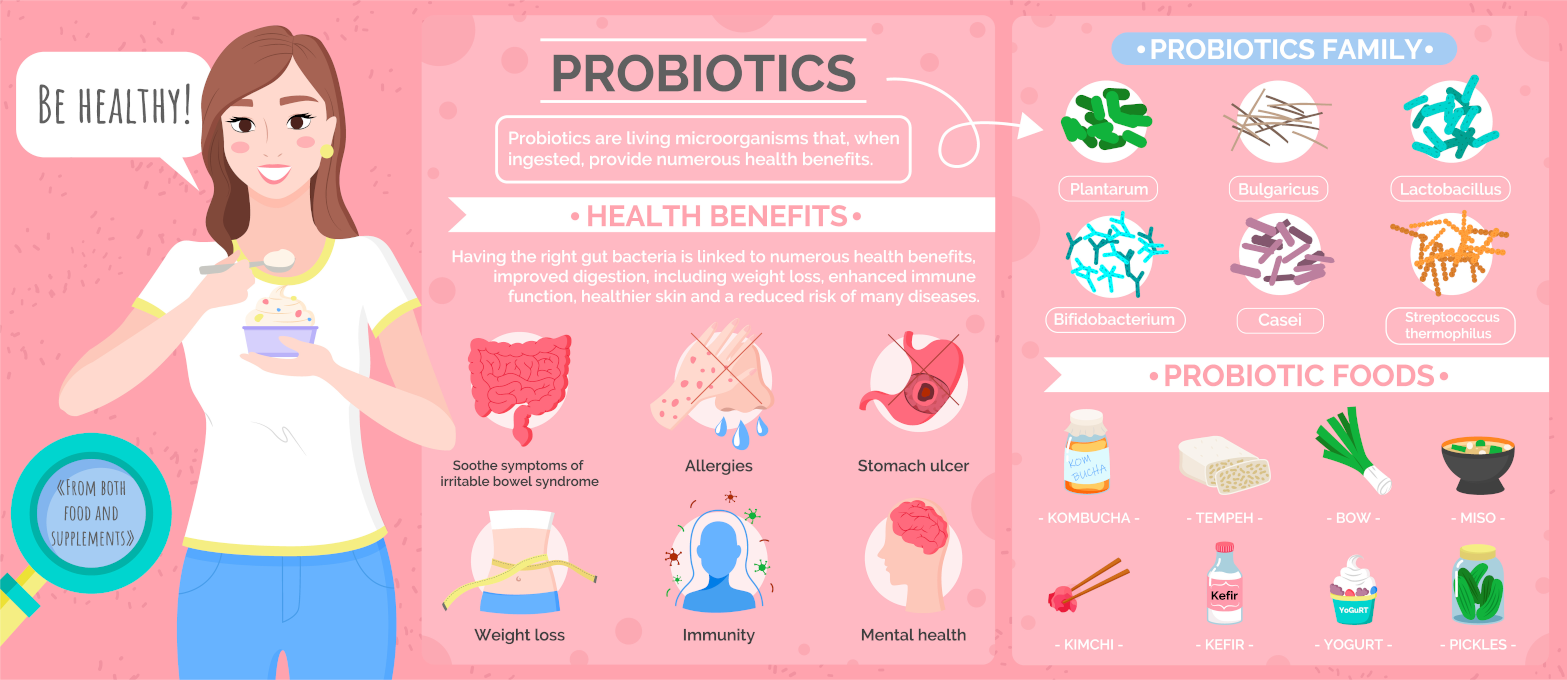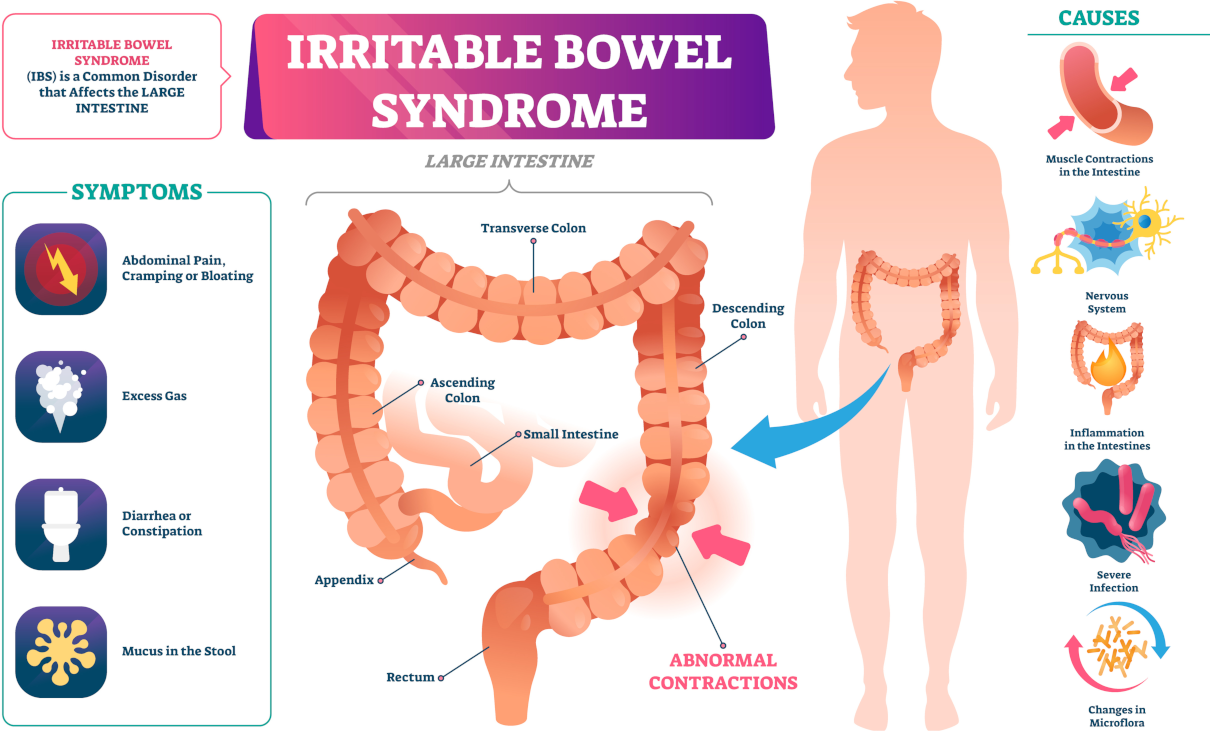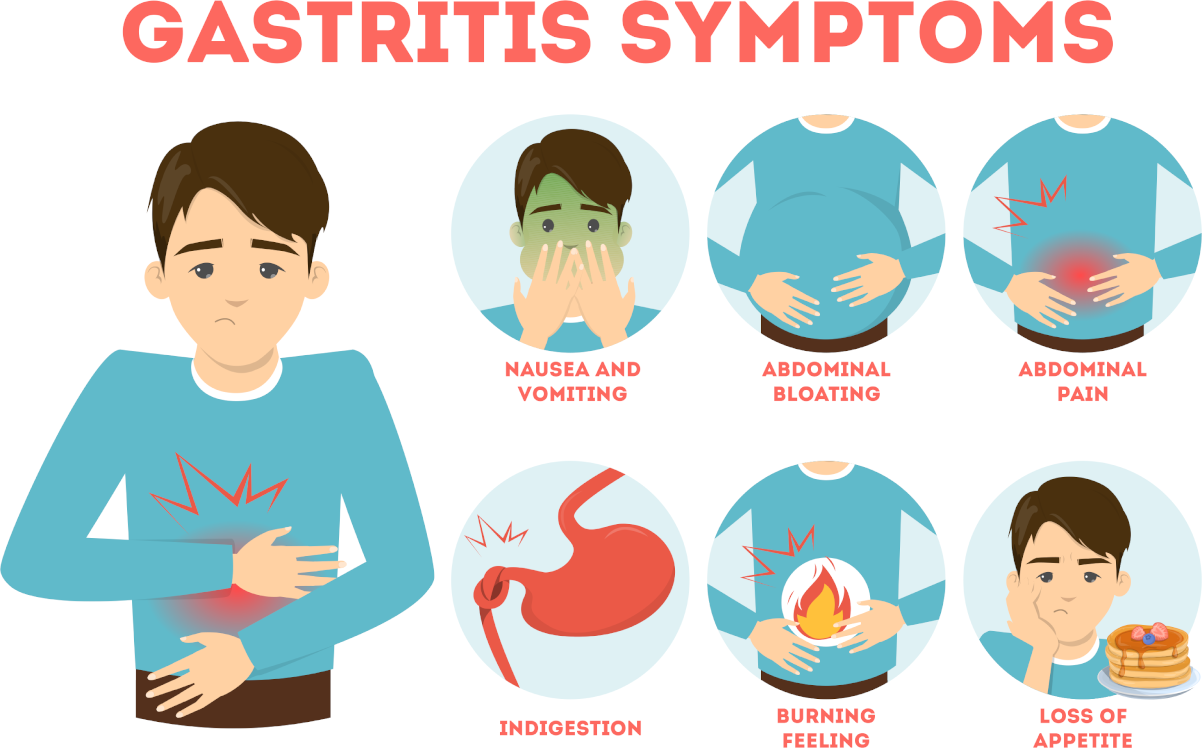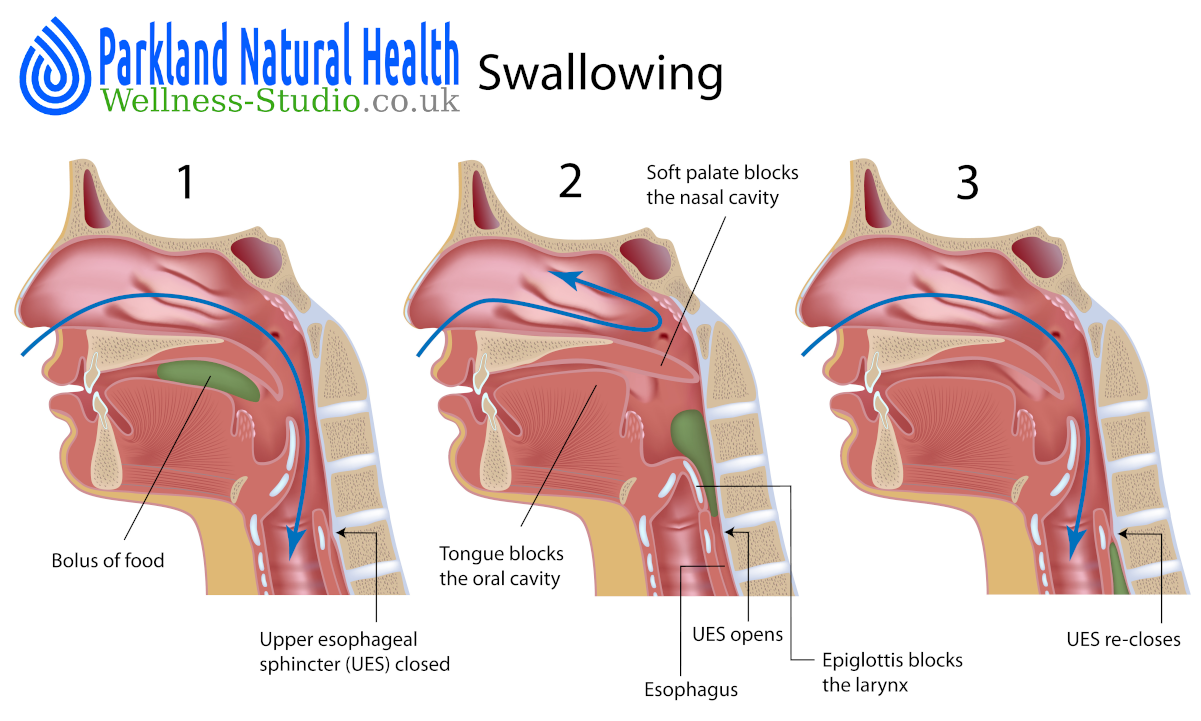
Pharynx and oesophagus – There are three stages to swallowing:
- The voluntary forcing of food from the oral cavity into the pharynx; at this point, swallowing becomes a reflex action;
- The passing of food from the pharynx to the oesophagus; pharyngeal nerves stimulate the trachea, eustachian tubes and the posterior opening of the nasopharynx to close. The tongue prevents food from reentering the mouth. So, the only place left for the food to go is into the oesophagus;
- Gravity aids in the passage of food from this organ to the stomach. Muscular contractions (peristalsis) push food from one end of the oesophagus to the other. This occurs through alternate contractions of circular and longitudinal muscles in the oesophagal wall.

One colonic irrigation session including consultation
Colon irrigation and comprehensive consultation with a professional colon hydrotherapist registered with RICTAT and ARCH at the Parkland Clinic in Holborn. We use a closed system only—London’s best colonic hydrotherapy deal.
Pharynx and stomach
The last four centimetres of the oesophagus is the cardiac sphincter. So, a muscular valve prevents the stomach contents from reentering the oesophagus. However, most of this organ (about nine inches) lies within the thoracic cavity. And it is subject to subatmospheric pressures, as are the lungs. That is because the cardiac sphincter lies below the diaphragm. Moreover, it is subject to 5 to 10 mm/Hg of pressure higher than the atmosphere. This higher pressure would force the stomach contents back into the oesophagus if the cardiac sphincter were absent.

Alkalising colonic irrigation with sodium bicarbonate
Safe and effective colon hydrotherapy includes an initial consultation. Consequently, sodium bicarbonate delivered to the colon through hydrotherapy can kill off candida.



